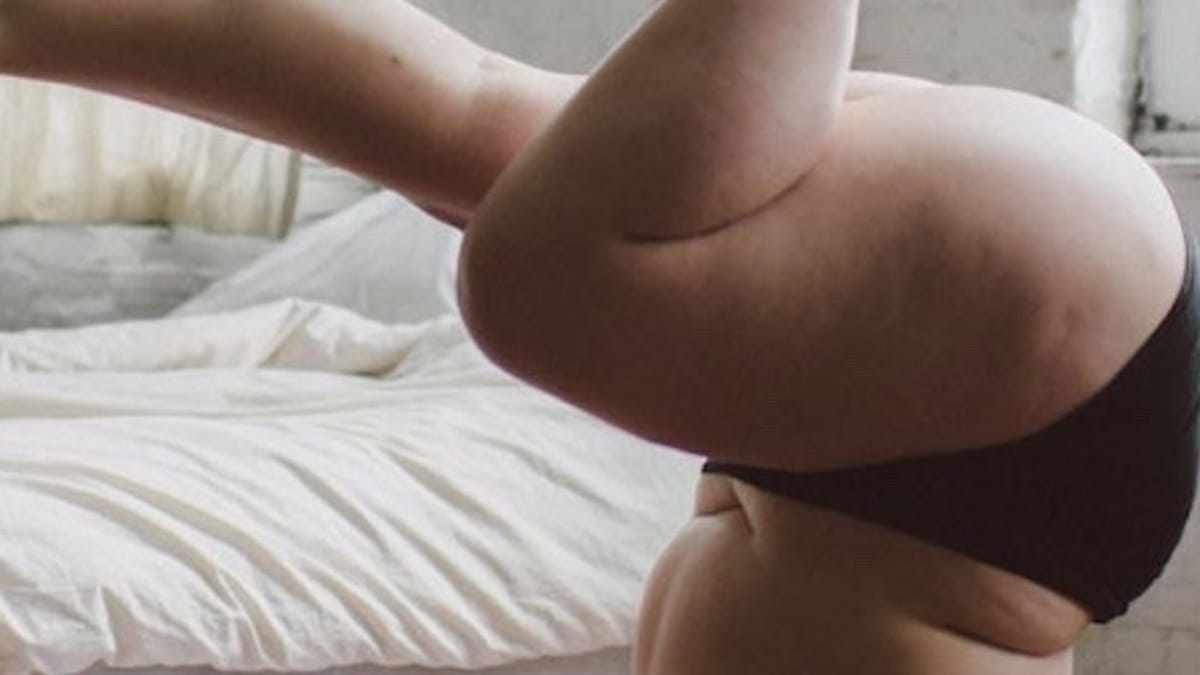You’ve cleaned up your diet, crushed your workouts, and even tried fasting or supplements. Yet that lower belly fat seems glued in place, refusing to budge no matter what you do. Sound familiar? If yes, you’re not alone.
Why Lower Belly Fat Is So Stubborn (And What You’re Missing)
Lower belly fat is one of the most frustrating and misunderstood areas for fat loss. But the good news? There are valid, science-backed reasons why it’s happening and real strategies to finally fix it.
The Truth About Lower Belly Fat: It’s Not Just About Exercise
Let’s bust the biggest myth first: working out harder or longer doesn’t always solve the problem. While exercise is important, lower belly fat is often driven by hidden factors that most fitness plans ignore.
Spot reduction is a myth, and doing 100 crunches a day won’t target fat below your navel. What you need is a full-body, inside-out approach that treats your body like a complex, intelligent system.
Your Hormones Are Quietly Fighting You
If you’re doing everything right and still not losing belly fat, hormones might be the missing piece. Cortisol, insulin, and estrogen play massive roles in how and where your body stores fat.
Cortisol, also known as the stress hormone, can encourage your body to store fat deep in the abdomen. According to Harvard Medical School, chronic stress is directly linked to increased belly fat. The more stressed you are, the harder it is to lose.
Insulin resistance is another sneaky culprit. Consuming too many simple carbs spikes insulin, leading your body to cling to fat especially around the midsection. Many women don’t realize their sugar intake is sabotaging their results.
Your Core Is Weak and Misaligned
Did you know that poor posture and a weak core can cause your lower belly to bulge? When your transverse abdominis (deep core muscle) is inactive, your belly protrudes, regardless of how much fat you’ve lost.
Pilates, yoga, and deep-core training are more effective than crunches for flattening the lower belly. These workouts activate inner muscles that act like a corset around your torso.
Gut Health Is the Secret Weapon You’re Overlooking
An inflamed, sluggish gut can make your lower belly look and feel bloated all the time. Bloating isn’t just gas it’s often inflammation from food intolerances, imbalanced gut bacteria, or poor digestion.
Probiotic-rich foods, fermented vegetables, fiber, and proper hydration can restore gut health and reduce belly puffiness. Research from Johns Hopkins shows a strong link between gut microbiome imbalance and stubborn fat.
You’re Not Lifting Heavy Enough
Many women still avoid lifting weights out of fear they’ll get bulky. In reality, muscle mass is essential for fat-burning, especially in stubborn areas like the lower belly.
Lifting heavy (with good form) boosts your metabolism, balances hormones, and reshapes your physique. Resistance training also helps improve insulin sensitivity—a key to finally losing lower belly fat fast.
Sleep and Stress Are Sabotaging Your Fat Loss
If you’re sleeping less than 6 hours a night, your body is likely producing more ghrelin (hunger hormone) and less leptin (satiety hormone). The result? Overeating, cravings, and more belly fat.
Stress and lack of sleep go hand in hand. Together, they create a hormonal environment where fat storage becomes a survival mechanism. Prioritize 7–9 hours of sleep and incorporate breathing techniques, walks, or journaling to manage stress.
You’re Relying on Short-Term Fixes
Fat burners, waist trainers, detox teas these might offer short-lived results but don’t create sustainable change. In fact, they can backfire by harming metabolism and increasing water retention.
Real transformation requires long-term consistency, a holistic strategy, and self-awareness. Don’t chase trends. Instead, build habits that respect how your body works.
Final Thoughts: How to Finally Melt Lower Belly Fat
- Improve gut health by eating probiotic and fiber-rich foods.
- Reduce sugar and simple carbs to balance insulin.
- Lift weights 3–4 times per week to rev up metabolism.
- Sleep better and manage cortisol levels.
- Train your deep core muscles, not just your abs.
Tips to Stay on Track
- Avoid low-fat processed foods they often contain hidden sugars.
- Limit alcohol, which increases estrogen and belly fat.
- Don’t skip meals. It leads to overeating later.
- Keep a food journal for awareness and accountability.
- Stay hydrated—dehydration triggers water retention and cravings.
FAQ Section
Why is lower belly fat so hard to lose? Lower belly fat is influenced by hormones, stress, gut health, posture, and muscle imbalances. It requires a whole-body solution, not just exercise.
Does stress really affect belly fat? Yes, stress increases cortisol, which causes fat to accumulate in the abdominal region. Managing stress is key to fat loss.
Will crunches help me lose lower belly fat? Not directly. Crunches target abdominal muscles but don’t burn fat. Focus on compound movements, core stabilization, and fat-burning workouts.
Can gut health influence belly fat? Absolutely. An unhealthy gut leads to inflammation, bloating, and poor digestion, making it harder to lose lower belly fat.
How long does it take to lose lower belly fat? Results vary, but with the right approach, noticeable changes can occur in 4–8 weeks. Consistency is crucial.
Are there helpful products to aid in fat loss? Yes, consider these non-branded tools:
- Adjustable kettlebells for resistance training
- Resistance bands for core and posture work
- High-quality probiotics
- Food tracking journals or apps
- Foam rollers to relieve core tension
References
This article was informed by insights and studies available on:
www.health.harvard.edu, www.menshealth.com, www.healthline.com/fitness/exercise, www.acefitness.org
Disclaimer
This content is for informational and educational purposes only. It is not intended to replace professional medical advice, diagnosis, or treatment. Always consult your physician before starting any exercise program.

